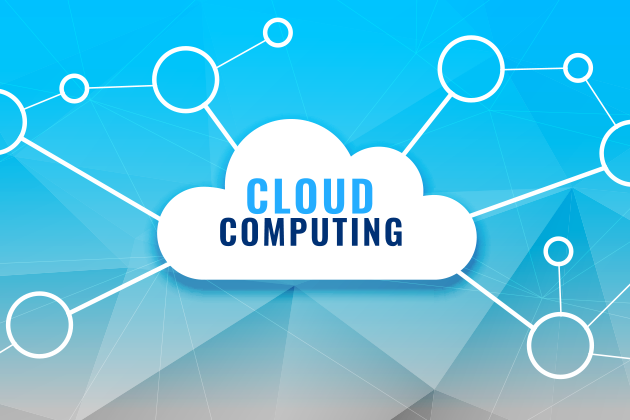Cloud computing allows users to use only a web browser to receive computing services through the internet, where they only have to pay for the services which are used. Cloud computing is not entirely new in terms of the concept. It is related to the time-sharing systems of the 1960s and network and grid computing of the 1990s. Services such as free email services, internet portal services, SaaS, IaaS, and many more are all cloud computing services that precede the coining of the term cloud computing.
Consumers, small organizations, and medium to large organizations are three types of potential users of cloud computing services. In today’s time, cloud computing has the broadest use for Website Hosting, Software Testing, and Online Data Backup. Though it appears that broad adoption of cloud computing in the immediate future is inevitable, and its adoption will bring about a sea of change in technology, various issues impede the implementation.
Let’s understand these issues in depth.
- Security – To get 100% security for anything is impossible. The security of the data stored in a computer system can be compromised in so many ways. These days hackers can break into any computer system. Clouds are no less secure; accidents can happen while transferring a large volume of data — physically or electronically. The effect of security breaches in medium to large organizations is high. CSPs should be highly driven to do their best in securing the servers and data.
- Performance –The communication time between the client computer and the web cloud server acts as a major source of performance problems. This issue becomes more severe as the number of users increases along with the high volume of transferred data. The continuous enhancement of the computing infrastructure as per the customer demands is another issue of performance problem.
- Integration – Since many organizations may need to adopt multiple service providers for various reasons, they also need to integrate applications and data on many public clouds. The organizations adopt enterprise application integration, enterprise service bus, and many more to address the cloud integration issues. For those who adopted hybrid clouds, integrate applications between the private clouds as well as public clouds.
- Environment – The computers in clouds have been consuming megawatts of power at an increasing rate, and not all clouds are built with the best energy efficiency standards. The IaaS service providers commit to increasing energy efficiency in their data center operations. So, moving data center operations from businesses’ premises to clouds is not helping in reducing the global power consumption or the CO2 emission.
In the above article, we understood the various issues that impede the rapid adoption of cloud computing in businesses. However, there is an expectation that cloud computing will become a significant and viable step in the evolution of information technology.
At Clairvoyant, the experienced experts would love to hear from you on how they can aid your organization in implementing the right cloud computing services in the right way for your business and help your organization scale up in meeting the desired goals.

